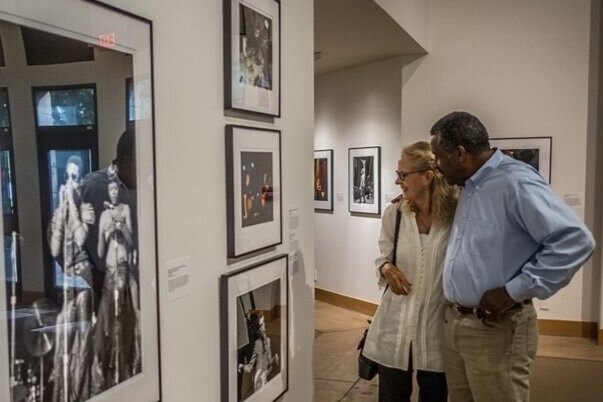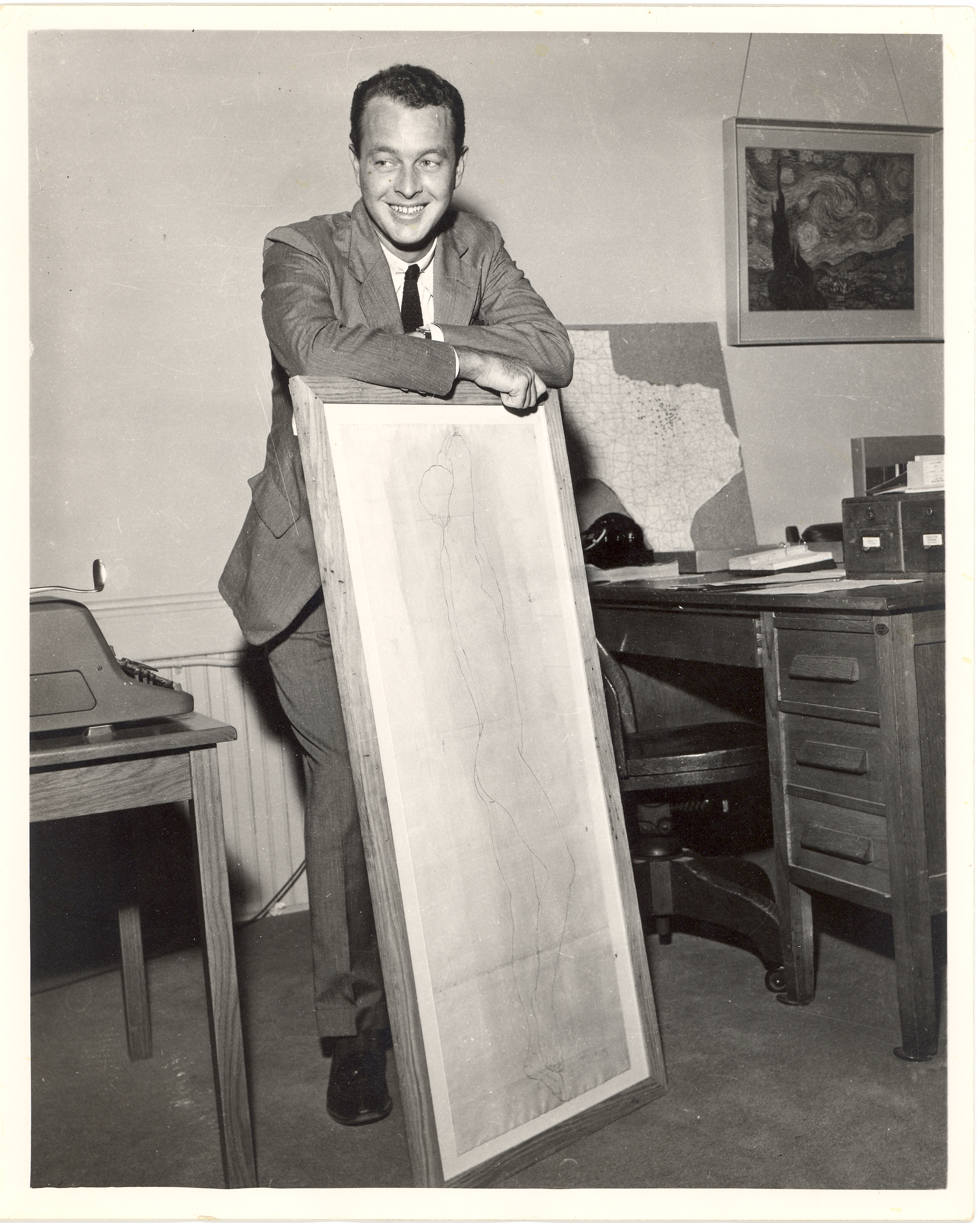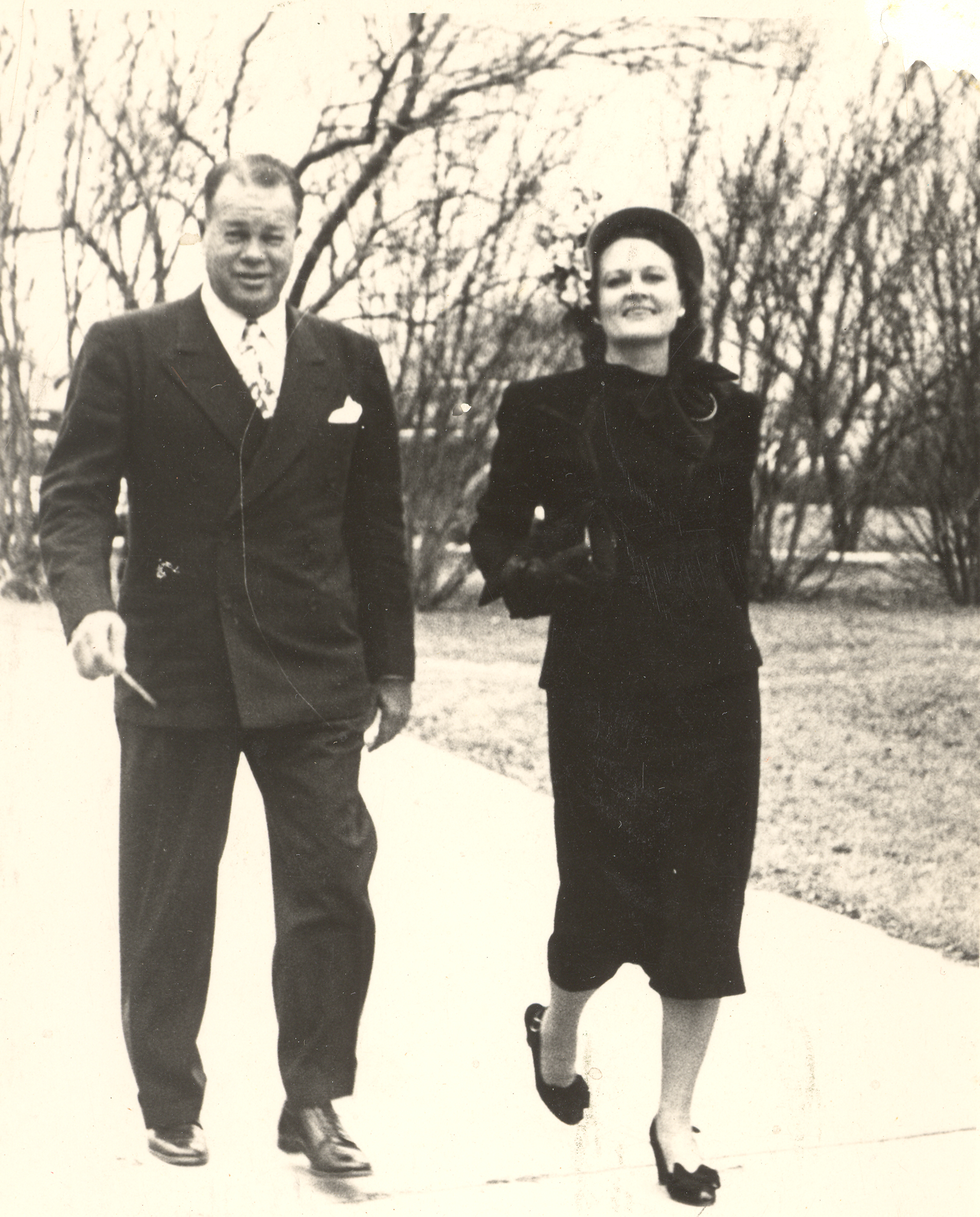

WHO WE ARE
The Old Jail Art Center’s (OJAC) unique history began in 1980 with four small galleries in what was originally the first permanent structure built in Shackelford County, Texas. The museum’s original building is a restored and repurposed limestone jail built in 1877-1878 by Scottish stonemasons, and is listed on the National Register of Historic Places. The museum has expanded over the decades to include 17,000 square feet of gallery, education, archive, and art storage spaces while offering robust exhibition and education programming. Our standards of excellence in operations and programming have been recognized by the American Alliance of Museums through its accreditation since 1989.
The museum’s mission is to broaden engagement with visual art and culture through exhibitions, education, and preservation.

ABOUT THE OJAC
The Old Jail Art Center has been a center for art and culture in Texas since 1980.
ABOUT THE OJAC
The Old Jail Art Center has been a center for art and culture in Texas since 1980.
Stay current
Stay up to date with the most recent OJAC news!
OUR HISTORY
OUR FOUNDERS
Reilly Nail with an early purchase that began his art collection, ca 1950s
William Reilly Nail, Sr. (1903-1958) and wife Wyldon Burgess Nail (1907-1986) in Fort Worth, ca 1950s
William (Bill) Bomar, Jr., undated
Jewel Nail Bomar, undated
The Old Jail Art Center (OJAC) opened in 1980 with four small galleries, in the first permanent jail built in Shackelford County. The jail was designed and built by the civil architect John Thomas of Thomas and Woerner, Builders, Fort Worth. Construction began in 1877 and was finished the following year at the cost of more than $9,000, which outraged the local taxpayers. Scottish stonemasons carved their initials into the building's large limestone blocks, in order to ensure payment for work done once the fledgling county was solvent. You can easily see why the building was known for several decades as "the alphabet jail." The "M" and the "E" are known to be the initials of stone masons named McGuire and Emery, while the "X" and the triangle are thought to be the marks of illiterate stone masons. Considered very modern at the time of its construction, the jail was used for more than half a century until it was abandoned in 1929 in favor of the "new" jail one block to the west. Robert E. Nail Jr., Princeton graduate, local author and playwright, most notably of the Fort Griffin Fandangle, saved the building from demolition in 1940 by purchasing it for $25. He bought the lot on which it sits for $325 a few months later. One of the few outstanding examples of nineteenth-century Classic Architecture still in existence, the structure was added to the National Register of Historic Places in 1976.













